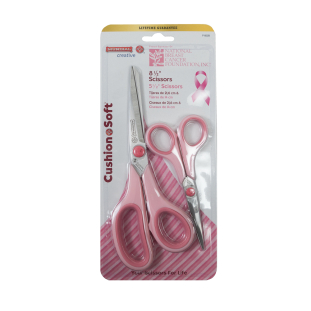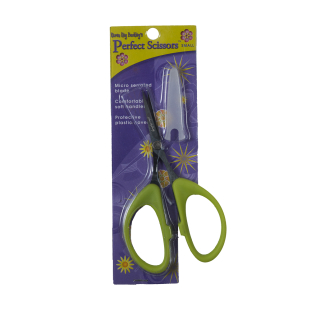Deadstock
Discover these drop dead gorgeous fabrics, trims, and buttons with limited stock—Shop now before they’re gone forever! Deadstock is surplus material from a mill’s production run. Purchasing deadstock prevents these fabulous, limited-stock items from being sent to landfills, making them a more sustainable option. Keep in mind—once they’re gone, they’re gone!
Discover these drop dead gorgeous fabrics, trims, and buttons with limited stock—Shop now before they’re gone forever! Deadstock is surplus material from a mill’s production run. Purchasing deadstock prevents these fabulous, limited-stock items from being sent to landfills, making them a more sustainable option. Keep in mind—once they’re gone, they’re gone!
Though credit is often given to Leonardo da Vinci, the origins of sewing and fabric scissors predate the revered artist's lifetime by many centuries. In fact, some of the earliest versions of sewing and fabric scissors were used by the ancient Egyptians as far back as 1500 B.C. By 100 A.D., Romans had improved upon the Egyptian design, creating the cross blade mechanism that is more in-line with the fabric scissors of today. It wasn’t until 1721 -- more than 200 years after da Vinci’s death -- that the earliest versions of sewing and fabric scissors were manufactured and mass-produced. By 1893, pinking shears, used largely for scalloping garments, were patented. Today, iterations like dressmaker shears and thread snippers are testaments to the advancement of sewing and fabric scissors.



 Earned
Earned 

